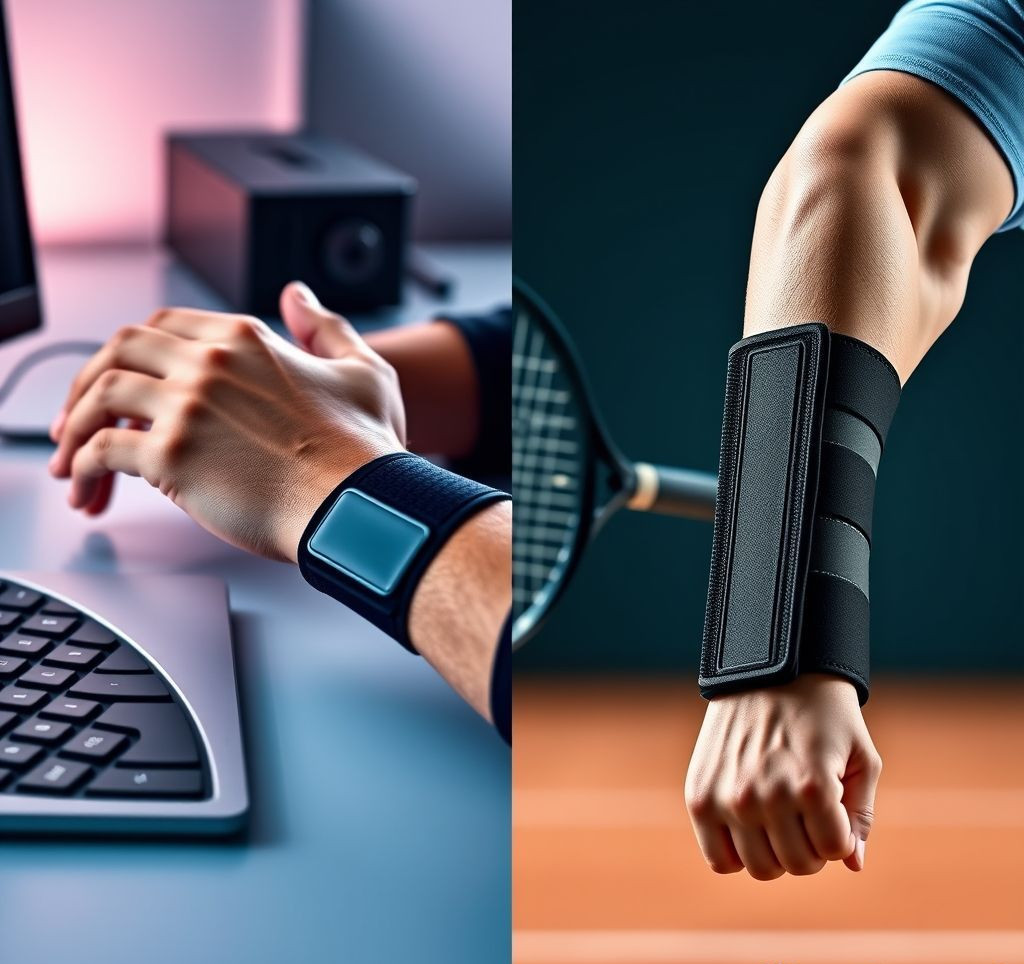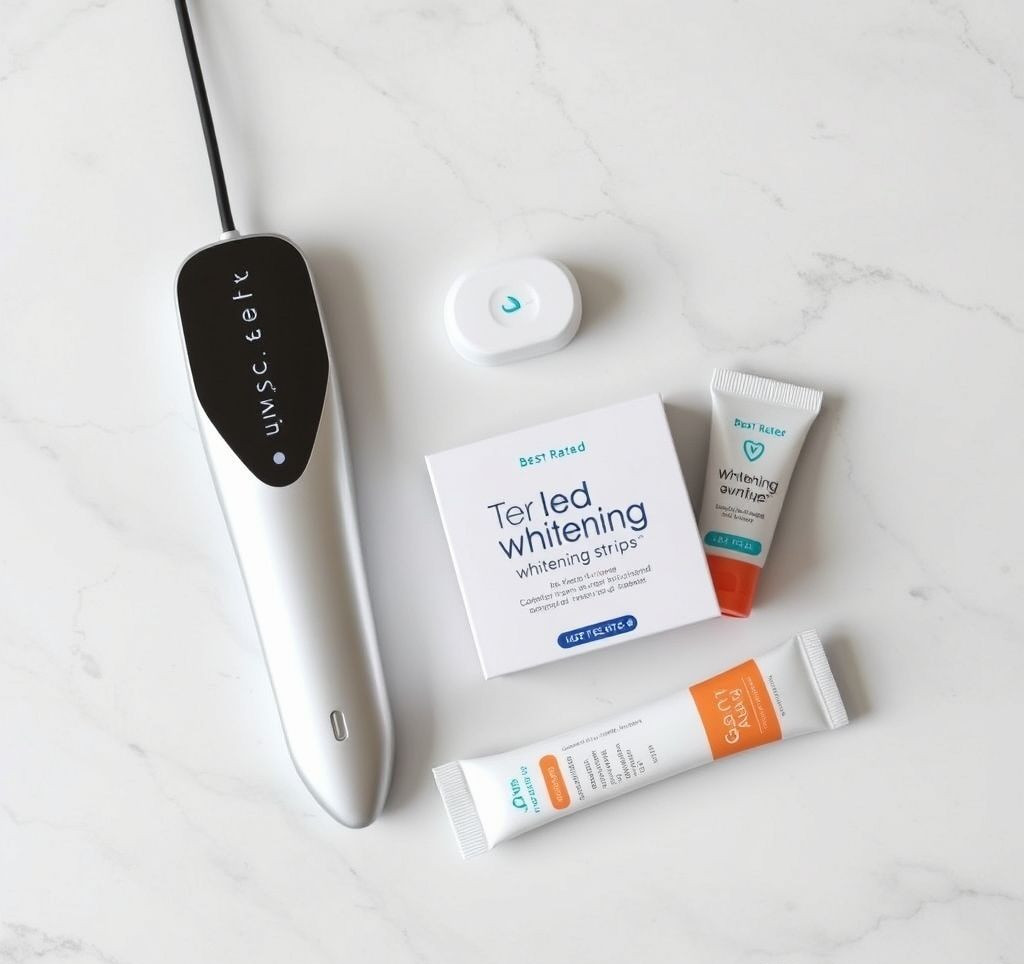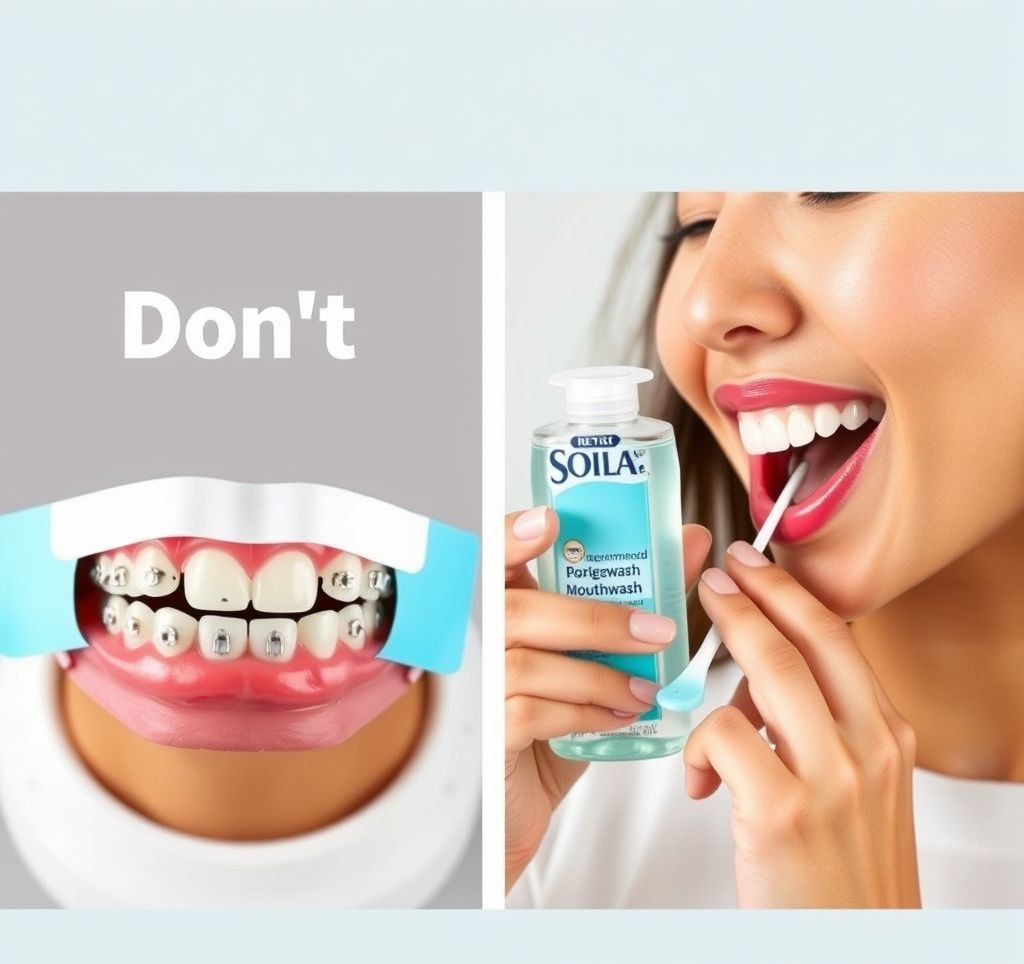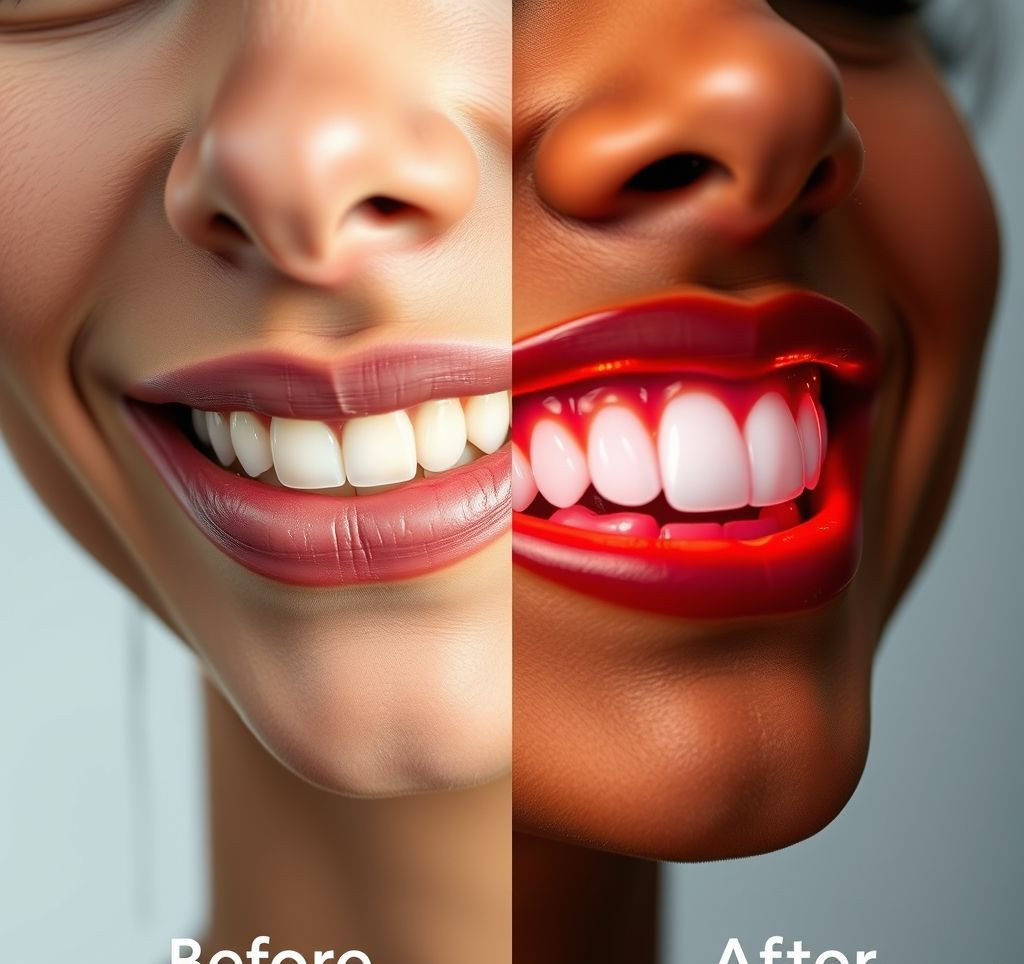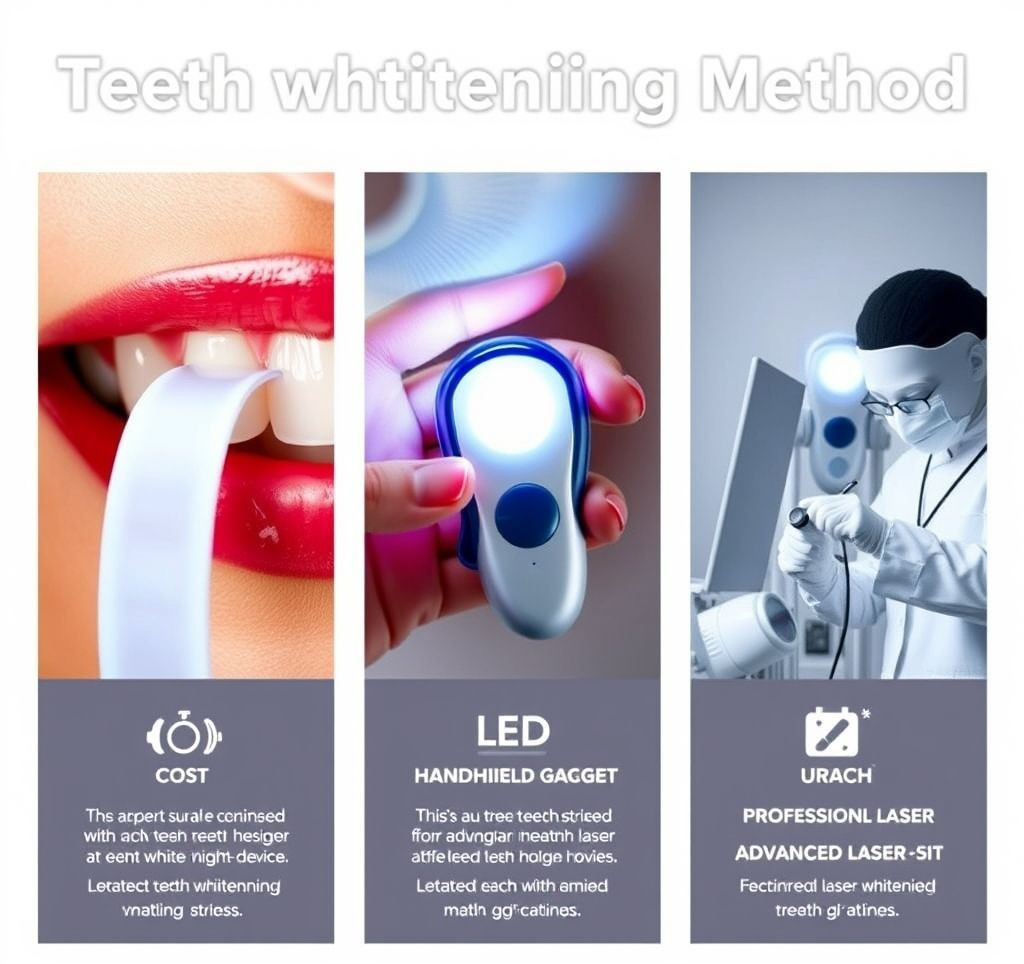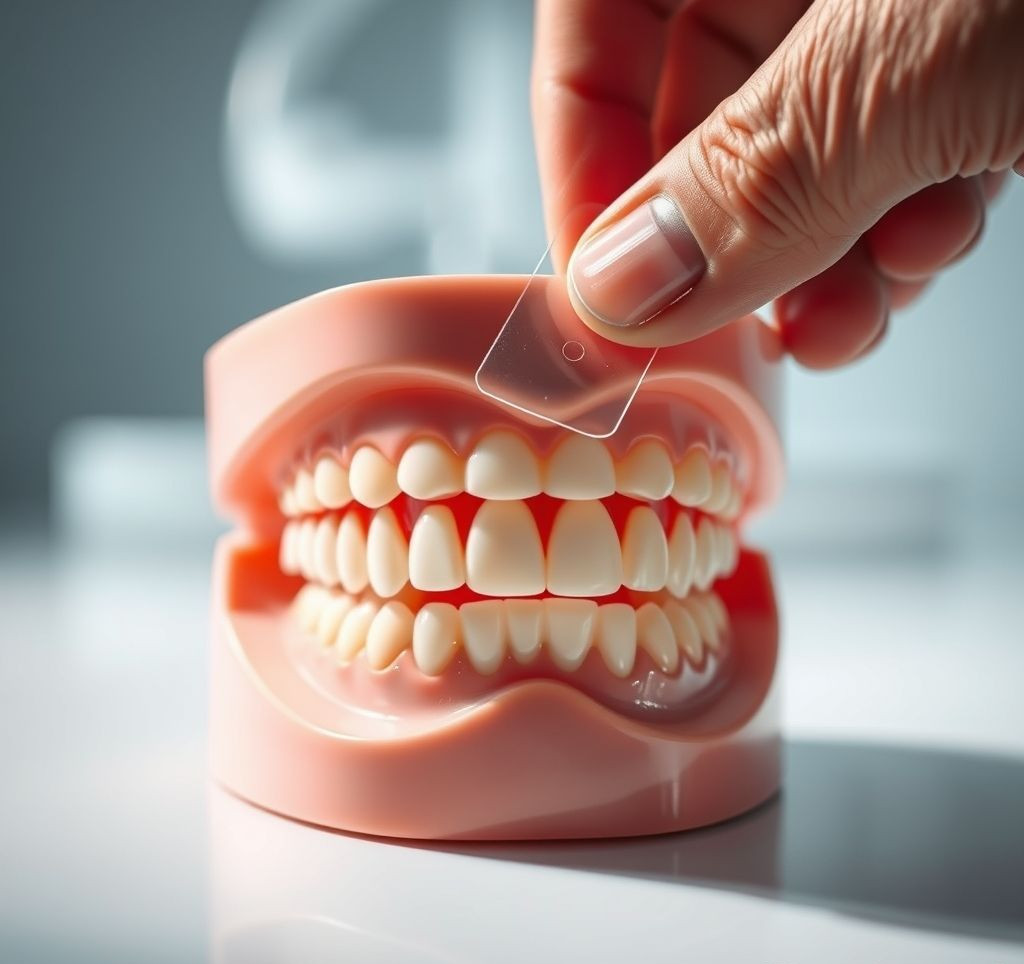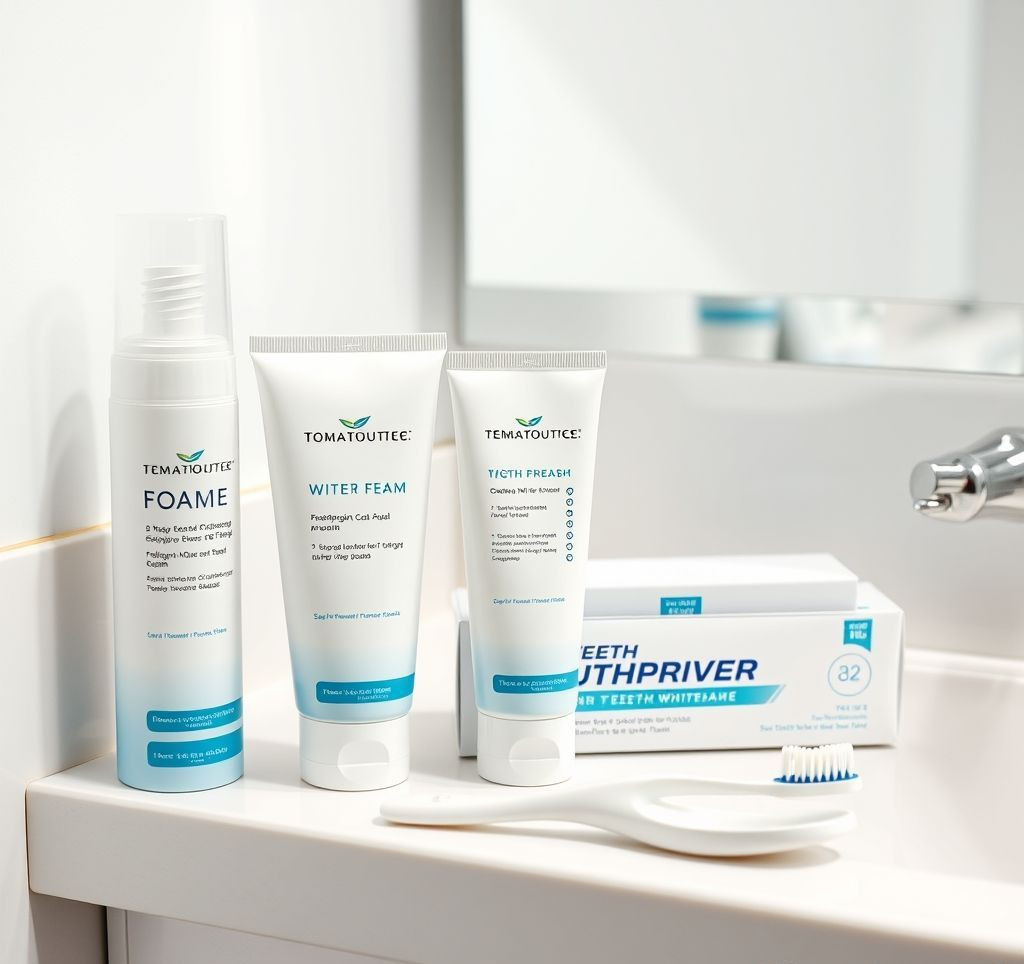Whether you’re seeking relief from wrist pain or require protection during athletic pursuits, choosing the right bracer is crucial. A bracer, in its varied forms, can provide essential support, stability, and protection. This comprehensive guide will explore the different types of bracers available, helping you select the perfect one for your specific needs.
Why Choosing the Right Bracer Matters
Selecting the appropriate bracer offers numerous benefits:
- Pain Relief: A wrist bracer can alleviate discomfort associated with conditions such as carpal tunnel syndrome or sprains.
- Injury Prevention: An athletic bracer or forearm guard protects against impacts and abrasions.
- Improved Stability: Provides enhanced support to the wrist or forearm, aiding in recovery and preventing further injury.
- Enhanced Performance: In some sports, a well-chosen bracer can improve grip strength and overall performance.
- Confidence: Knowing you have support and protection can boost your confidence and allow you to focus on your activity.
Understanding the Different Types of Bracers
The term “bracer” encompasses a range of supports, each designed for a specific purpose. It’s important to distinguish between them to make an informed decision.
- Wrist Bracer (Medical): Primarily used for conditions like carpal tunnel syndrome, arthritis, or sprains. These bracers typically feature rigid or semi-rigid supports and straps that immobilize or stabilize the wrist.
- Support Bracer (General Wrist Support): Offers less restriction than a medical bracer and may be used for mild strains, tendinitis, or preventative support during repetitive tasks.
- Athletic Bracer/Forearm Guard (Single Bracer): Designed for impact protection in sports such as archery or martial arts. These are often made from leather, plastic, or other durable materials. Historically, archers have used bracers for centuries to protect their forearms from the bowstring. Archaeological evidence suggests the use of bracers dates back to at least the Bronze Age.
How to Choose the Right Bracer
Follow these steps to find the perfect bracer for your needs:
- Identify Your Primary Need: Are you seeking pain relief, injury prevention, or improved performance? Understanding your goal will narrow down your options significantly.
- Assess the Level of Support Required: For severe conditions, a more rigid wrist bracer might be necessary. For minor aches or preventative support, a flexible support bracer may suffice. An athletic bracer needs to withstand impacts specific to the sport.
- Consider Material and Breathability: Choose materials that are comfortable and allow for airflow, especially if you’ll be wearing the bracer for extended periods. For example, neoprene provides good support but can be less breathable than materials like cotton or breathable synthetics.
- Measure Your Wrist/Forearm: Consult the manufacturer’s sizing chart and measure your wrist or forearm circumference to ensure a proper fit. A bracer that is too tight can restrict circulation, while one that is too loose won’t provide adequate support.
- Try It On (If Possible): If purchasing in person, try on the bracer and move your wrist or arm to ensure it feels comfortable and supportive. Be sure you can perform necessary movements with the bracer on.
Expert Tips & Best Practices for Bracer Use
Maximize the benefits of your bracer with these expert tips:
- Follow Doctor’s/Professional’s Instructions: If you are using a bracer for a medical condition, adhere to your doctor’s or physical therapist’s recommendations regarding wear time and usage guidelines.
- Proper Fit is Key: A properly fitted bracer should be snug but not constricting. Adjust the straps to achieve a comfortable and supportive fit.
- Maintain Hygiene: Clean your bracer regularly according to the manufacturer’s instructions to prevent the buildup of bacteria and odors.
- Don’t Over-Rely on It: A bracer is a tool, not a cure. Focus on addressing the underlying cause of your pain or injury through proper treatment and rehabilitation. As Dr. Richard Berger, a leading orthopedic surgeon, states in his book, “The Pain-Free Wrist,”
“Braces can provide temporary relief, but they should be combined with other therapies to address the root cause of wrist problems.”
- Monitor for Skin Irritation: Check your skin regularly for signs of irritation or pressure sores. If you experience any discomfort, discontinue use and consult with your doctor or a qualified healthcare professional.
